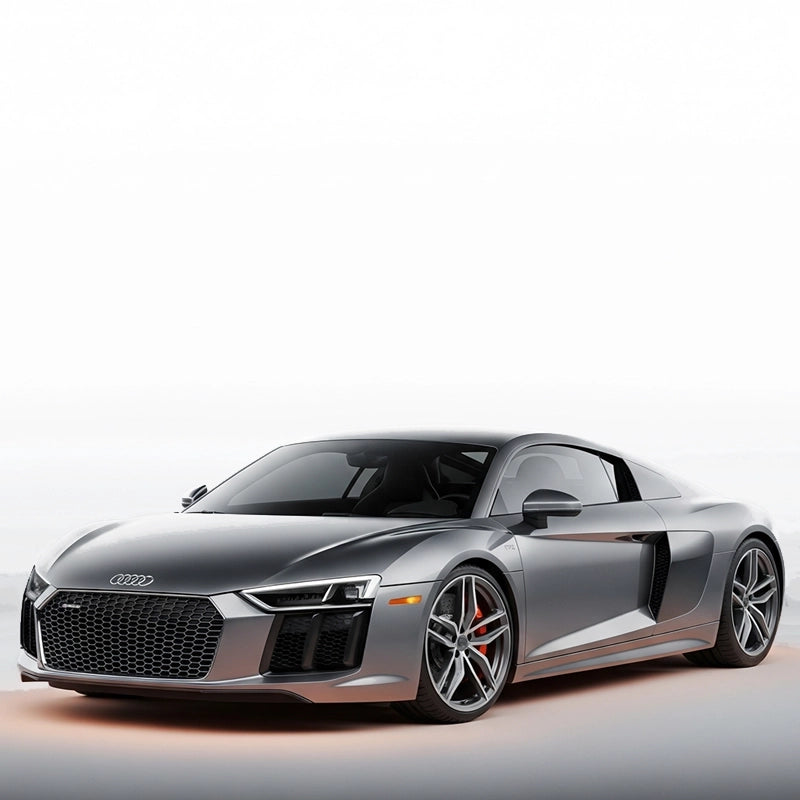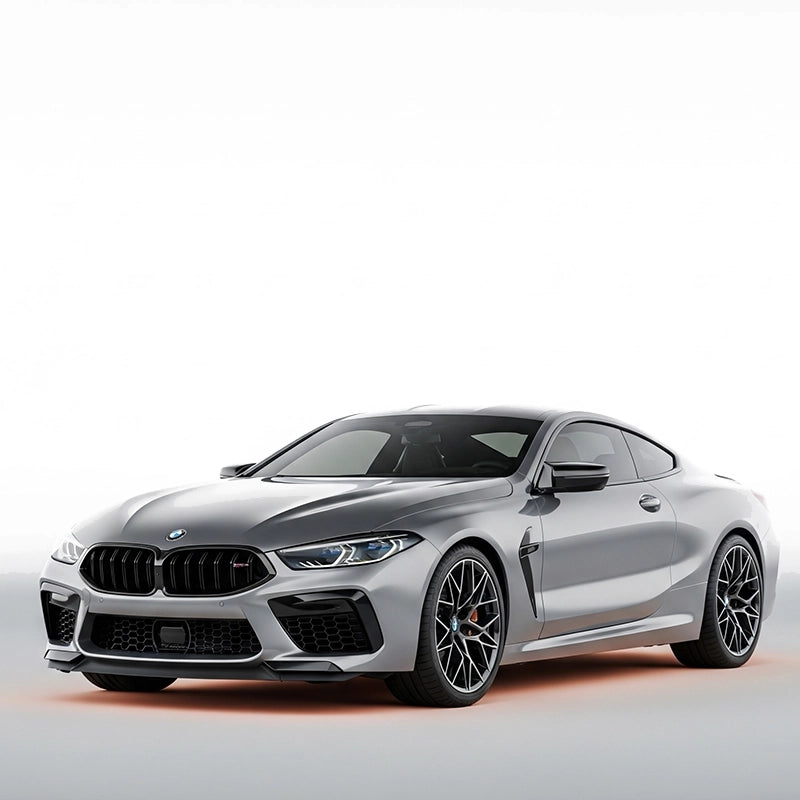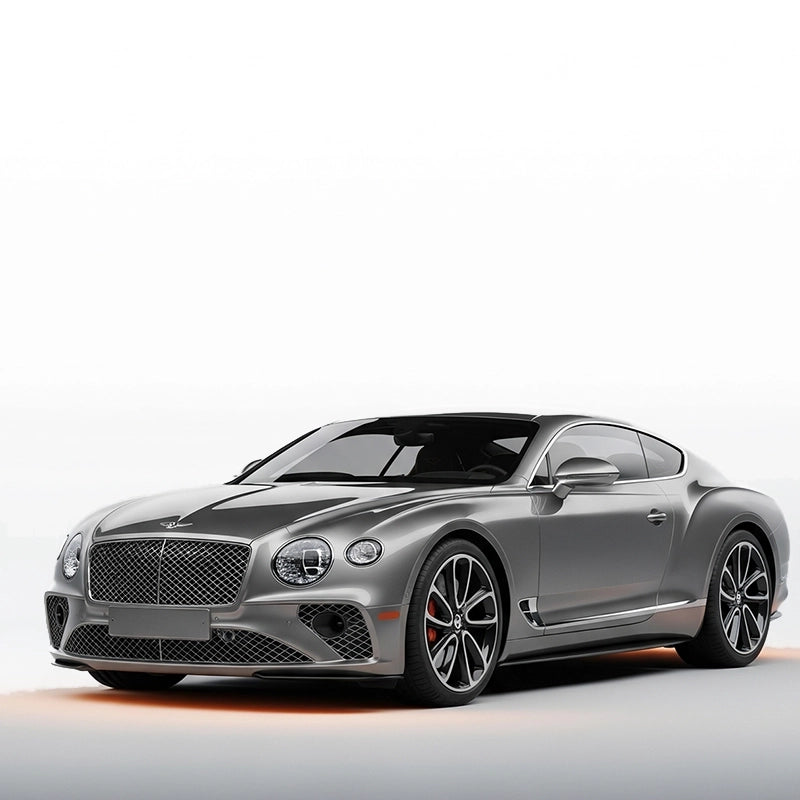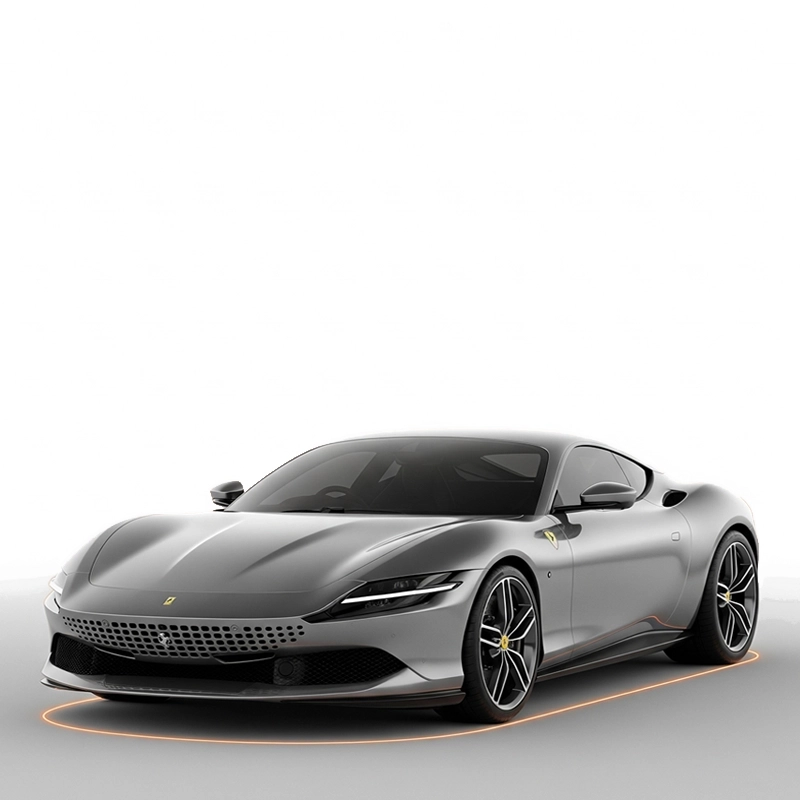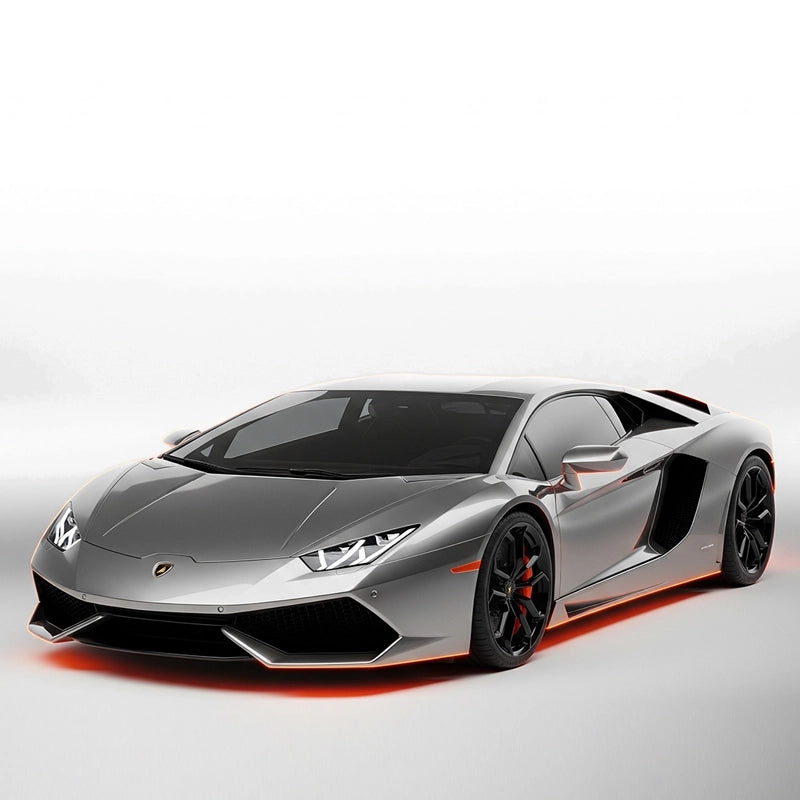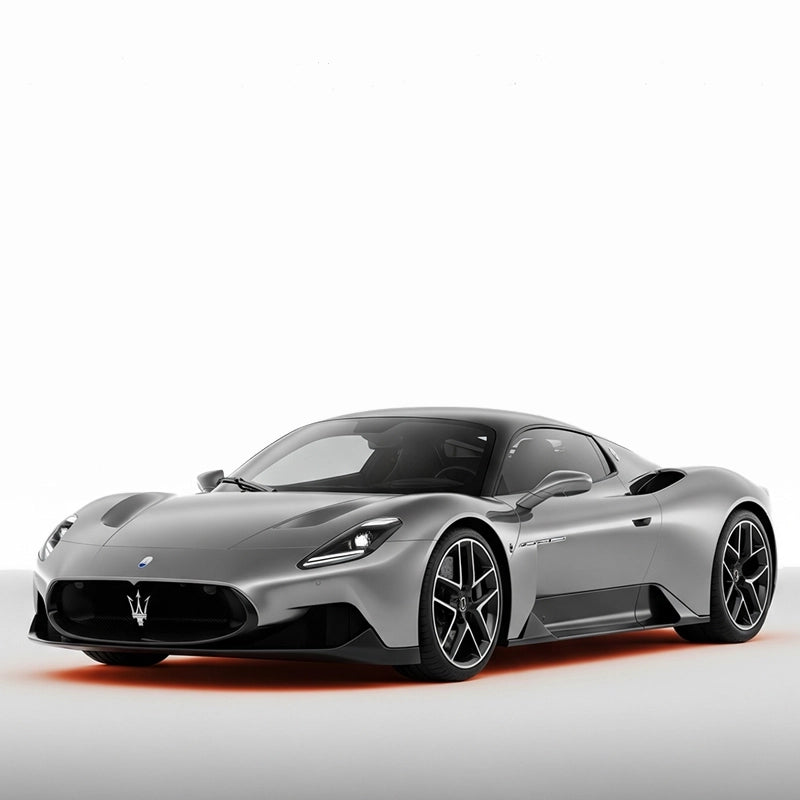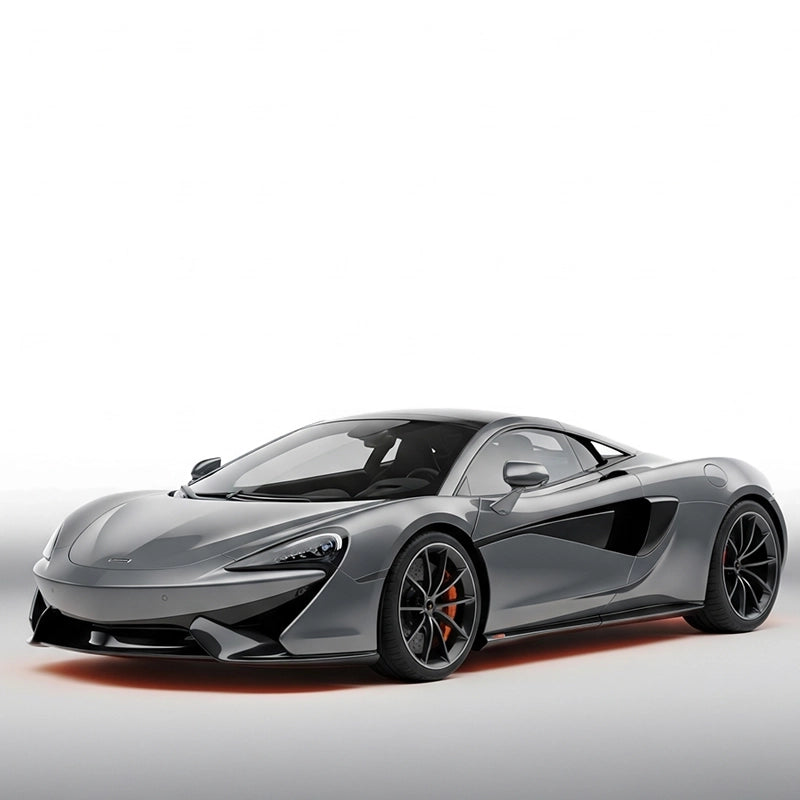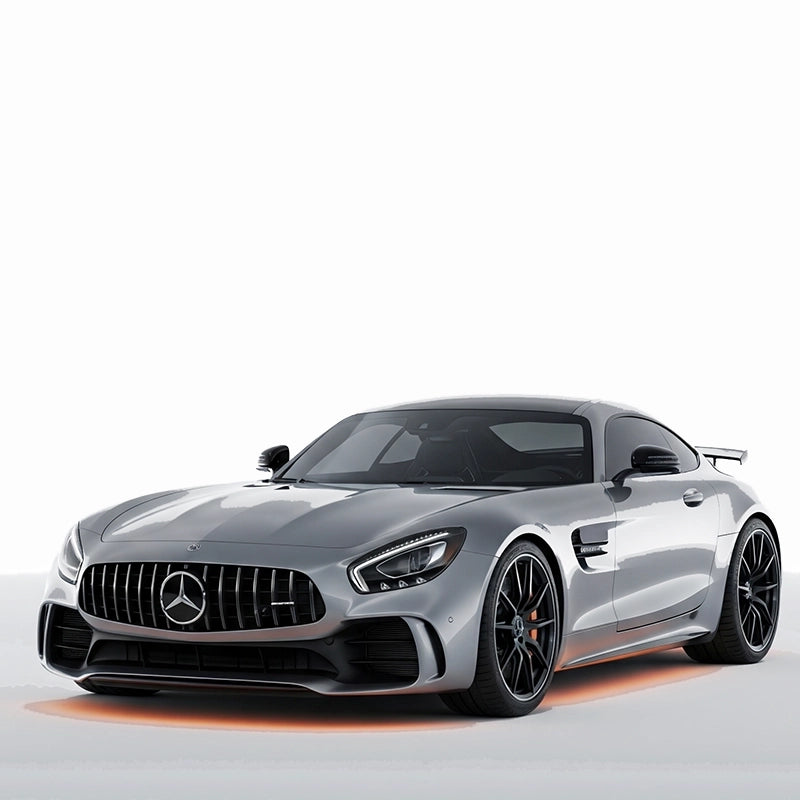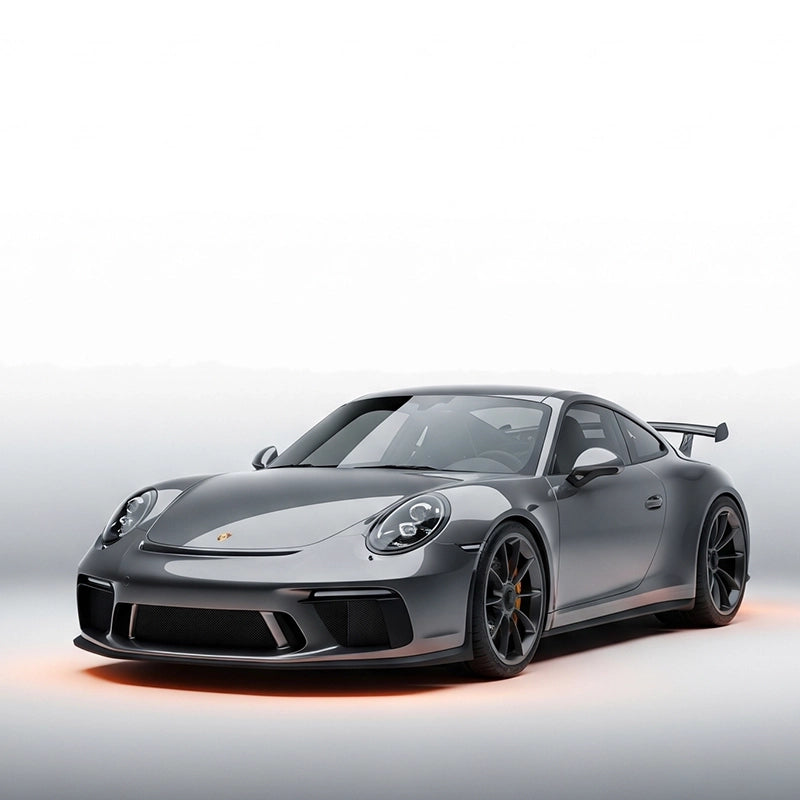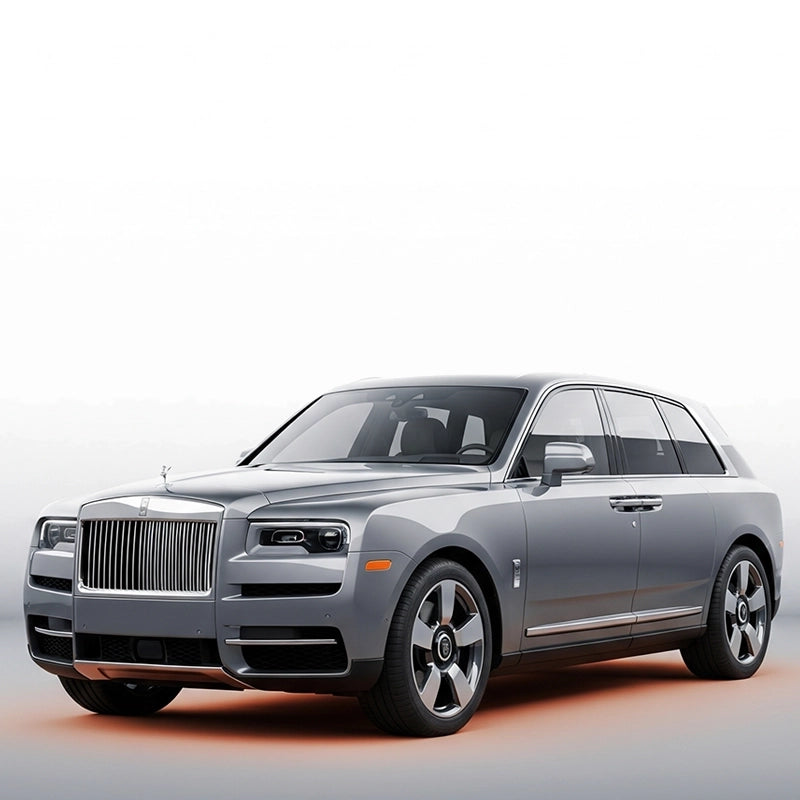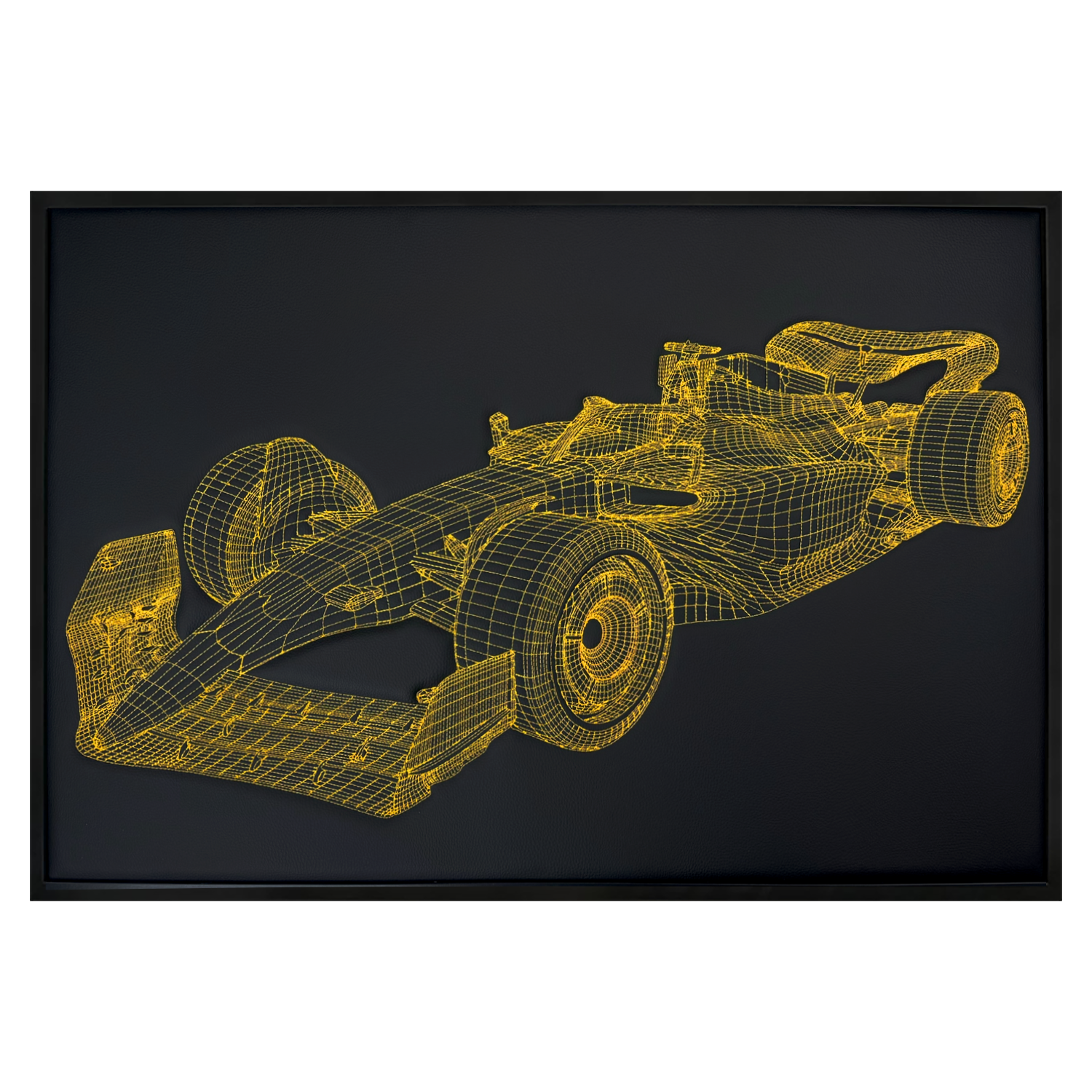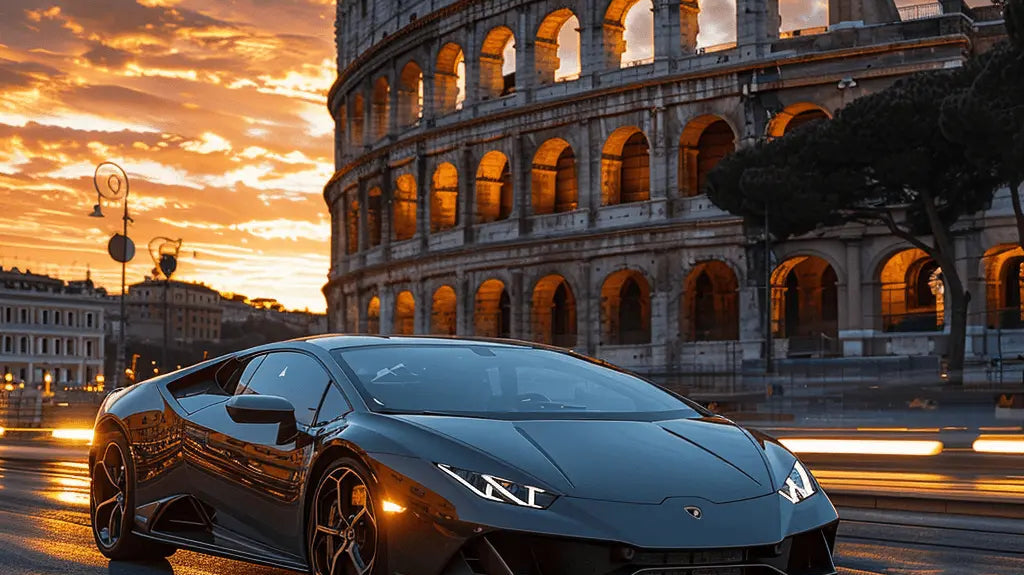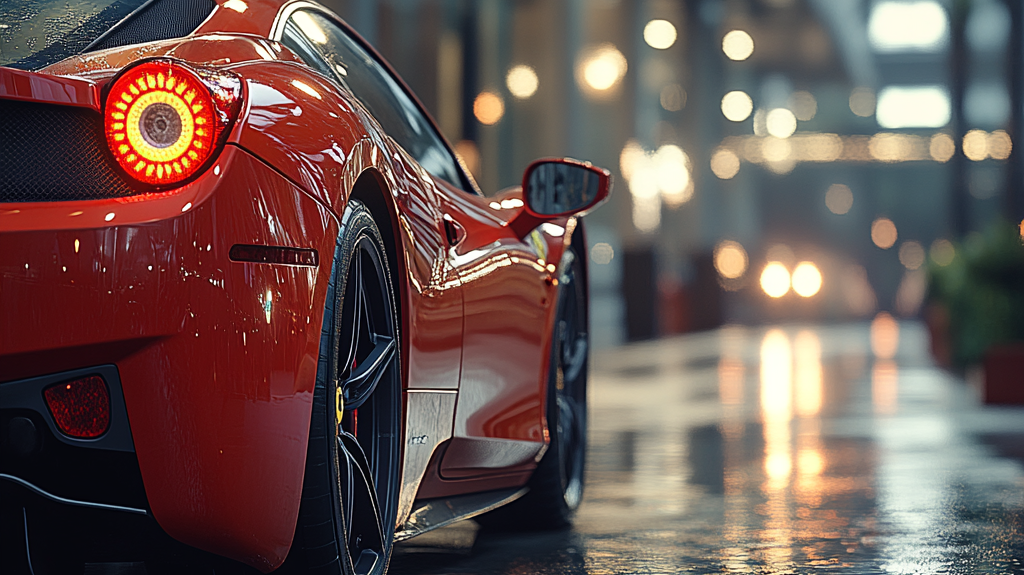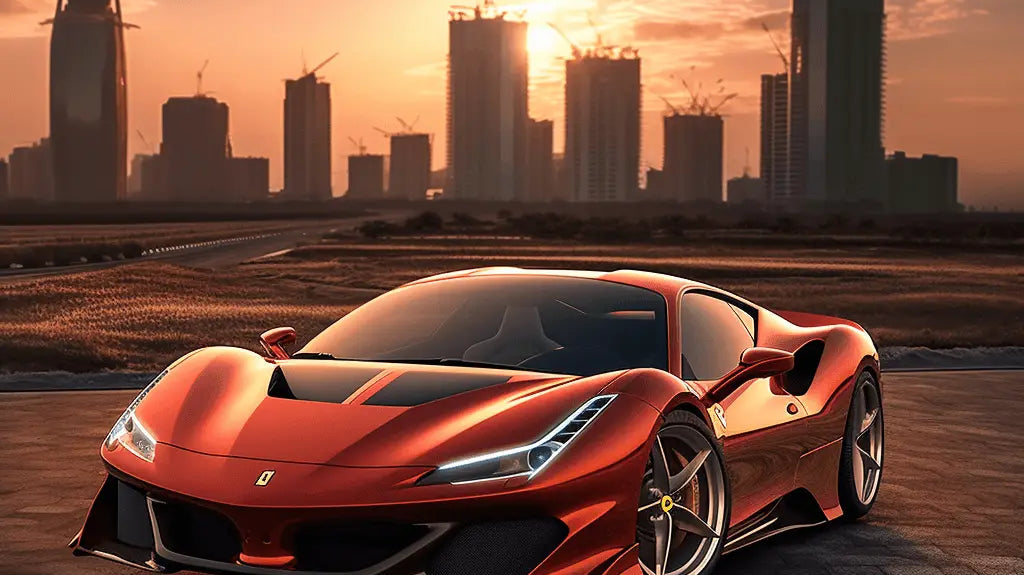Porsche Cayenne (2011-2018): the moment the luxury SUV learned to really hustle
I’ve lived with a few fast SUVs, but the second-generation Porsche Cayenne (2011–2018) is the one that still sticks in my head. The way it shrugs off a rough back road, the way the steering whispers what the front tires are up to. On a rainy Saturday run to the garden center, it felt more “big 911” than family bus. And yes, it’ll still do the school run in a whisper, coffee untouched. This was the 958-generation Cayenne—the one that turned a fast SUV into a genuinely great one.
- Engines from a 300-hp V6 to a 570-hp Turbo S; 0–60 mph from ~7.1s to ~3.8s.
- Optional air suspension and PDCC keep it flat and composed when you’re feeling spicy.
- Real-world usability: up to 62.9 cu ft cargo, 7,716-lb towing, quiet enough to hear the kids argue about playlists.
Why the Porsche Cayenne (2011–2018) still feels special
From the first mile, I noticed the steering: weighty but precise, the kind that has you tracing neat arcs around roundabouts just for fun. The ride—on steel springs it’s firm, on air suspension it’s “driving in slippers” comfortable. On a gnarly farm lane near me, the Cayenne didn’t jiggle or crash; it just flowed. The cabin feels properly premium too: solid switches, knurled knobs, and that classic Porsche “aircraft console” of buttons. A few owners mentioned to me the seating position took a day to dial in. After that? Long distances become short.
Engines and performance: choose your spice level
- 3.6L V6 (2011–2014): 300 hp, 295 lb-ft, 0–60 mph about 7.1s. Honest, smoother than you think.
- 4.8L V8 Cayenne S (2011–2014): 400 hp, 369 lb-ft, ~5.6s to 60. Lovely burble.
- 3.6L twin-turbo V6 Cayenne S (2015–2018): 420 hp, 406 lb-ft, ~5.2s. Feels punchier everywhere.
- GTS (2013–2014 V8 420 hp; 2015–2018 3.6TT 440 hp): black trim, tauter chassis, the keen driver’s pick.
- Turbo (4.8TT: 500–520 hp): ~4.2s to 60 with a thunderclap soundtrack.
- Turbo S (550–570 hp): ~3.8s to 60. Supercar shove, leather-lined.
- Diesel (3.0 TDI 240 hp, 406 lb-ft): torquey, long-legged, ~7.2s. Great for 600-mile days.
- S Hybrid (2011–2014, 380 hp) and S E-Hybrid (2015–2018, 416 hp plug-in): the efficient route with proper pace.
All but a handful of early base cars use the 8-speed Tiptronic S, which is better than you think at reading your mood. Paddle it yourself on a back road; let it slur in traffic. Either way, the Porsche magic is intact.
Reliability of the 2011 Porsche Cayenne
Big picture: the 2011 Porsche Cayenne is a stout machine if serviced properly. As with any premium SUV, maintenance matters. I always advise buyers to budget for quality tires and brakes (it’s a heavy, fast trucklet) and to look for a documented service history.
Things I watch for on test drives:
- Transfer case behavior (2011–2016 especially): hesitation or judder at low speeds can indicate wear. Many were repaired under goodwill; check paperwork.
- Air suspension struts and height sensors: listen for compressor cycles and check the car sits level overnight.
- Coil packs and minor oil/coolant leaks on higher-mileage V6/V8s: not unusual, but worth a careful inspection.
- Center driveshaft support bearing (propshaft): a thump under load can be a clue.
- PCM infotainment glitches: usually software; later cars got nicer screens and some got CarPlay.
Kept on schedule, the 958 will rack up miles with an easy shrug. I’ve seen diesel examples crest 150k looking and feeling tight.
The 958 Cayenne: a year-by-year transformation
The 2011 launch brought a sleeker, lighter body and a chassis that felt properly Porsche. In 2015, the facelift sharpened the nose and taillights, added the punchy twin-turbo V6 S, and introduced the S E-Hybrid plug-in. The result? A luxury SUV that handles like someone in Weissach actually cared—because they did.
Average fuel efficiency of the Porsche Cayenne 2011
Real-world economy varies with engine and your right foot, but here’s what I’ve seen and what the numbers suggest:
- V6 gas: roughly 19–21 mpg combined (mid-20s on steady highway runs).
- V8s (S, GTS, Turbo): expect mid-teens combined; high teens on the highway if you behave.
- Diesel: mid-20s combined; close to 30 mpg on long motorway slogs.
- S E-Hybrid: EPA 47 MPGe when charged; about 22 mpg combined on gas. Around-town EV creeping is genuinely useful.
Design, space, and everyday usability
The 958’s body is cleaner and more aerodynamic than its boxier predecessor, but the important bit is inside. There’s room for five adults, generous cargo space (about 23.7 cu ft with seats up; 62.9 cu ft folded), and a load floor that’s friendly to dogs and suitcases. The driving position is spot on once you’ve fiddled a bit, visibility is good, and the cabin’s quiet enough to hear a child whisper, “Can we get the Turbo S?”
Infotainment? Earlier cars have smaller screens and no CarPlay. From around 2017, CarPlay appears on some specs; Android Auto not until much later. The upside: physical buttons mean you can change temp and drive modes without diving into menus.
Porsche Cayenne (2011–2018) vs. rivals
| Luxury SUV | Power Range | 0–60 mph (approx.) | Towing Capacity | Character |
|---|---|---|---|---|
| Porsche Cayenne (2011–2018) | 300–570 hp | 3.8–7.1 s | Up to 7,716 lb | Sports-car reflexes, bank-vault build |
| Range Rover Sport (L494) | 340–550 hp | 4.5–7.2 s | Up to 7,716 lb | Luxury-first, superb ride, plush cabin |
| BMW X5 (F15) | 300–567 hp | 4.0–6.2 s | Up to 6,000 lb | Tech-rich, clinical, quick in a straight line |
| Mercedes-Benz GLE (W166) | 302–577 hp | 4.2–6.9 s | Up to 7,200 lb | Soft-riding, comfortable, muscular AMG options |
- The second-gen Cayenne introduced both a hybrid and later a plug-in hybrid to the range.
- Turbo S models were among the quickest SUVs on sale at the time—genuinely supercar-quick.
- With the right tires and PTM all-wheel drive, winter trips to the Alps become drama-free.
Living with a Porsche Cayenne (2011–2018): the week that sold me
I borrowed a GTS for a long weekend. Friday night, city dinner—valet parked it up front next to a 911, which felt apt. Saturday morning, muddy trailhead before sunrise; it didn’t bat an eye. Sunday, 300 miles of motorway with a Labrador snoring and kids asleep, the cabin deadened to a hush. Small gripes? The cupholders are just okay, and PCM’s map graphics look dated on earlier cars. But the way it makes every trip feel like an occasion? That’s the hook.
Best interior accessories: floor mats that actually fit
If you’re anything like me, the first “mod” is protecting the cabin from muddy boots and coffee mishaps. For the Porsche Cayenne (2011–2018), I’ve had good luck with made-to-measure mats that extend high up the footwell sides—less vacuuming, more driving. AutoWin stocks tailored sets for this generation with tight edging and clips that don’t pop out mid-winter.
Where to buy floor mats for Porsche Cayenne (2011–2018)
If you want mats that look OEM and wear like iron, head to the AutoWin e-shop. They carry a wide spread of styles and colors matched to the Cayenne cabin. The fit is bang-on and they’re easy to clean—ask me how I know after a beach weekend. Take a look and spec your set to suit your car.
Interesting facts about the Porsche Cayenne (2011–2018)
- The second-gen Cayenne was the first to offer a plug-in hybrid (S E-Hybrid), blending real EV range with Porsche pace.
- Turbo S models were the most powerful of their era, delivering monstrous torque and repeatable performance.
- Advanced driver aids—adaptive cruise, lane departure warning, and a rearview camera—were widely available.
- It racked up awards for dynamics and cabin quality, and for good reason: it still feels expensive today.
Verdict: why the Porsche Cayenne (2011–2018) is the smart enthusiast’s luxury SUV
Call me biased, but the Porsche Cayenne (2011–2018) blends everyday ease with genuine driver appeal like few others. It’s quick, beautifully built, and—if you buy carefully—reassuringly robust. Dress the cabin with the right accessories and it’ll feel new every time you climb in. If you’re shopping one, take an extended test drive. You might not want to give the keys back.
FAQ: Porsche Cayenne (2011–2018)
Which year of the 2011–2018 Porsche Cayenne is best?
For value and updates, the 2015–2018 facelift cars are sweet spots (sharper styling, improved infotainment, punchy 3.6TT in the S, and the S E-Hybrid). Earlier 2011–2014 cars can be great buys with documented history.
Does the 2011–2018 Cayenne have Apple CarPlay?
Some later cars (around 2017 onward with updated PCM) have Apple CarPlay. Earlier models do not. Aftermarket retrofit kits exist, but choose a reputable installer.
What’s the towing capacity?
Properly equipped, up to 7,716 pounds. It tows confidently; just keep up on cooling system maintenance and brakes.
What should I check on a used Cayenne?
Service records, transfer case operation, air suspension function (if fitted), tires/brakes, and any PCM infotainment updates. A pre-purchase inspection by a Porsche specialist is money well spent.
Real-world mpg?
Gas V6: around 19–21 mpg combined; V8s: mid-teens; Diesel: mid-20s; S E-Hybrid: excellent around town when charged, about 22 mpg on gas when not.

